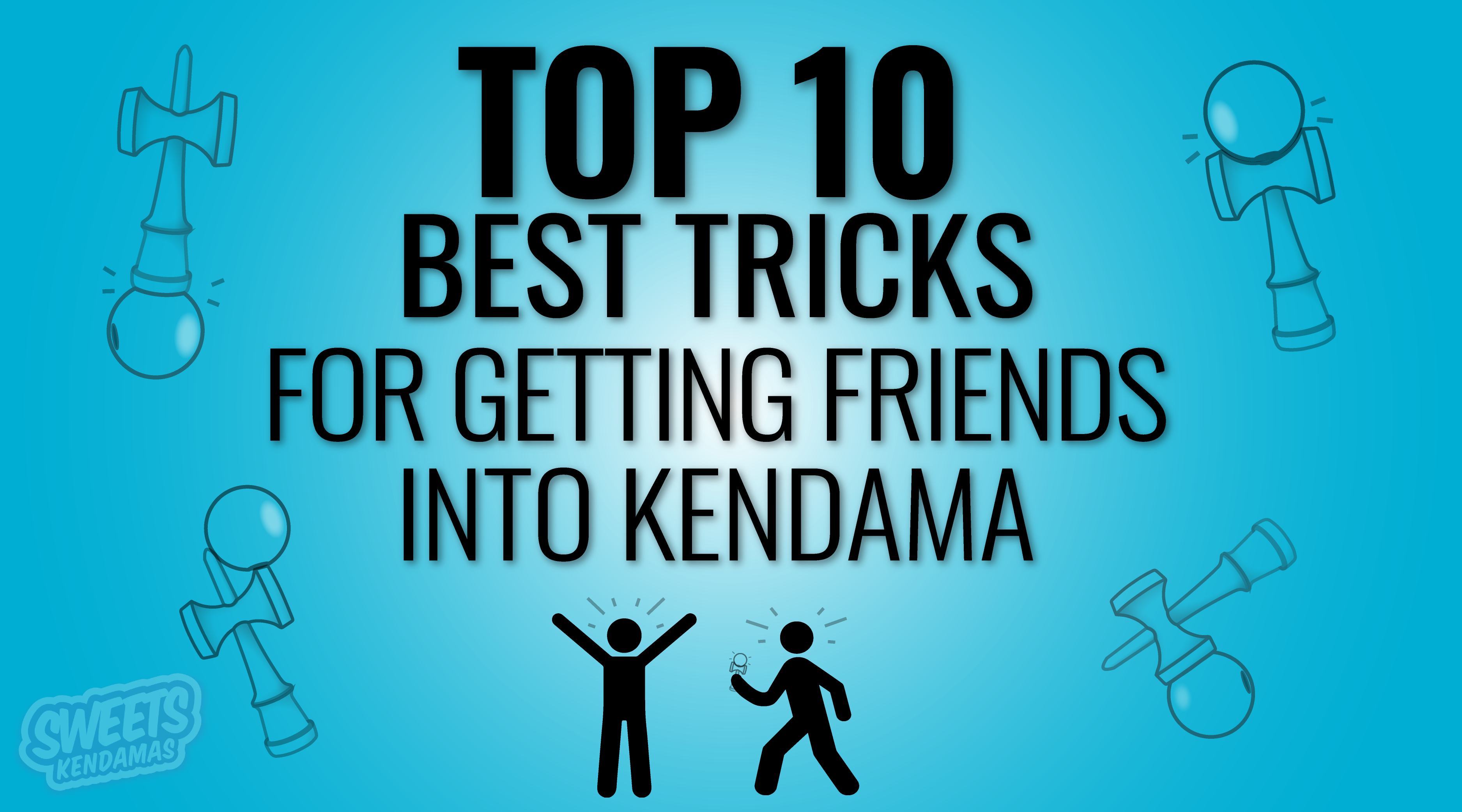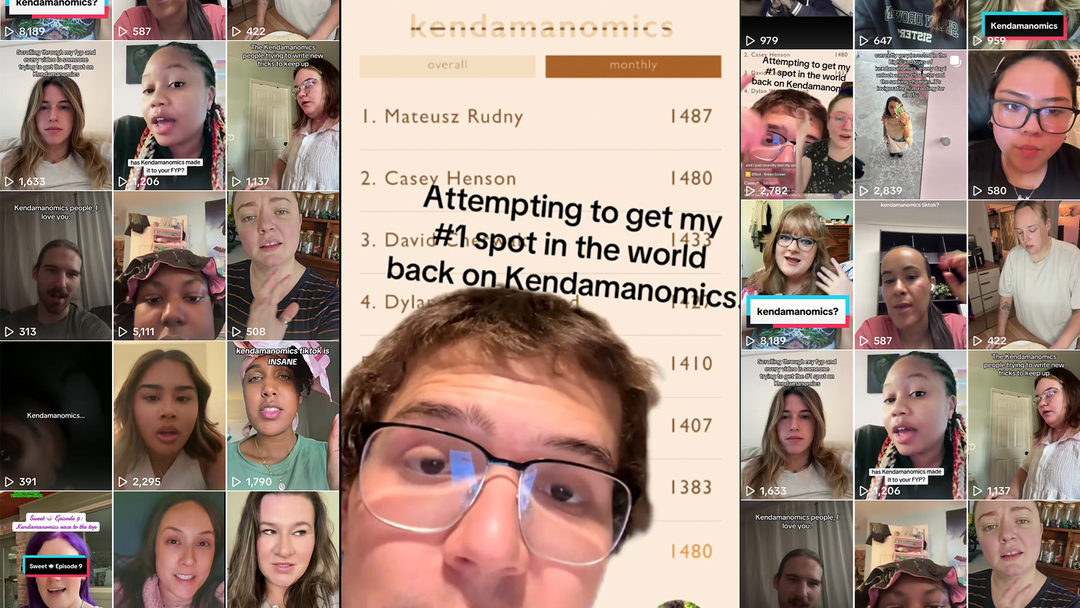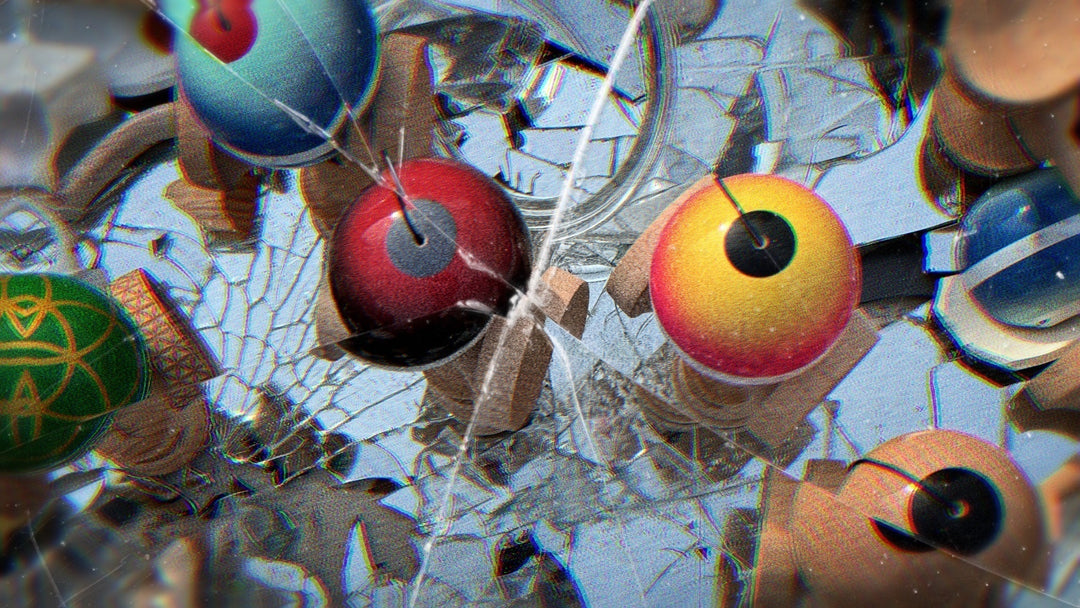Make sure to subscribe to our YouTube Channel to learn more kendama tricks!
If you’re like us, then you probably got introduced to kendama by someone who loves it and they instilled a love for kendama in you. The reality is that our community is only so large, every kendama brand advertises to the same group of people, and there are only so many kendamas that one player can realistically buy when said brands are releasing new products all the time. Spreading kendama love by teaching new players, like in our “First Spike Challenge” Campaign, is the only way that we as players can guarantee that kendama will ever be as big as we want it to be. In order for kendama to grow and become common knowledge, we encourage our community to be helpful teachers who guide and grow the next generation of players. In turn, it’s thanks to those who teach kendama that it continues to live on, allowing us here at Sweets, along with every other kendama brand, to continue chasing our dreams of making the game of kendama a household name.
We’ve all had it happen; you show someone a new kendama trick to get them interested, but instead of enthusiasm and sharing your excitement, they don’t want to try it even after you showed them how much fun it can be. Often, in these situations, the person you’re trying to teach recognizes how difficult kendama is, but they don’t have enough confidence in themselves to even give it a chance. This can be coupled with the fear of embarrassment; no one wants to fail at something in front of other people. On top of that, every person enjoys kendama to a different degree, some players love pushing themselves to do insane things, while others are content with it being a relaxing addition to their everyday lives. For reasons like this, it’s probably best not to show off the hardest tricks you can think of the next time you meet someone new.
The best way we’ve found to combat this intimidation factor, fear of failure, and keep people interested is by providing quick, achievable goals while coaching and guiding them along the way. Below, we’ve listed 10 of our favorite go-to tricks for when you have the opportunity to teach kendama to someone new. If you ever have those precious five minutes to give someone the “kendama elevator pitch”, these tricks combined in your next demonstration can give someone a fuller understanding of what’s possible with kendama while also minimizing the risk of scaring new players away from trying it for their very first time.
*We’d recommend after trying the tricks listed here, that you check out our page, Sweets' First 50 Kendama Tricks to Master, to learn all of the groundwork tricks you need to know!*
Spike
Tricks you should know: None!
|
Spike is achieved by pulling the ball straight upwards from a resting position, positioning your ken-holding hand below the hole of the ball as it begins to fall, and allowing the ball to fall onto the spike. You can always start by showing them how to spin the Tama. This physics trick helps keeps the hole straight down, even after pulling the ball upwards. Once they succeed, you can then give them the slightly harder challenge of landing a spike with no spin applied to the ball.
Teaching Spike in this order can solidify that feeling of confidence in a new player, giving them an easily accessible goal before giving them a slightly more challenging goal. In this way, we can utilize the motivation gained from that feeling of success from their first Spin Spike so our new student gives their best effort at a No-Spin Spike, lessening the likelihood that they give up. Keep in mind, however, that you don’t NEED to learn the Spin Spike before a regular one, it’s just a suggested stepping stone!
Earth Turn
Tricks you should know: Spike
Once someone lands their first Spike, the question we often get is “So where do I go from here?”. Earth Turn is just one of many things you can show them at this point. it’s not a trick that most people immediately imagine when looking at a kendama for the first time, so the realization is usually matched with surprise and curiosity. Earth Turn is extremely satisfying when it clicks and it cements the idea that kendama is so much more than just a simple ball-in-cup toy when you apply a little bit of creativity.
Earth Turn is a spike-to-spike trick, the Tama doing a full 360 degree rotation in the air before coming back to rest on the spike. Once you understand how the trick is supposed to work, it’s fairly easy to achieve and can even be done first try.
Earth Turn is an important prerequisite for many other tricks that include it in a portion of their mechanics, so it’s great to have this one on lock as soon as you can.
Around the Block
Tricks you should know: Small Cup, Big Cup, Base/Bottom Cup
|
Around the Block is achieved by catching the Tama (ball) in all three cups, starting with either the big or small cup and ending with base/bottom cup. It’s the perfect trick to show, right away, that the kendama has multiple cups and the possibilities for combinations and creativity. After they succeed with their first big cup, it won’t be long till they are hopping from the big cup into another cup.
Around the Block is a little harder in Ken Grip (Standard Grip) due to the way your wrist needs to extend in order to catch the ball in the bottom cup, so it can be helpful at this point to note that there are different grips. If they struggle with Ken Grip, they can always give it a try in Sara Grip. Another helpful tip is to do small, light hops with the ball from cup to cup, rather than launching the ball high out of the cup to go to the next. The faster that the ball falls in order to land in a cup, the more likely the chances that it’ll bounce out.
It’s also notable that Around the Block is a key prerequisite for most “Around” tricks, which is just an easy word that kendama players use to classify different cup combinations. Around the World, for example, consists of 3 cups followed by a spike, and Around Europe is a spike after each of the 3 cups. There are many more beyond that, all branching out from the foundations learned with gaining proficiency in Around the Block.
Airplane
Tricks you should know: None!
Spiking the kendama normally and showing off the cups are one thing, but you can really surprise and wow someone the first time you get into position with Tama Grip and land an Airplane. Usually, it’s the first time new players get exposed to creative possibilities, beyond the standard cup tricks that come to mind. It’s a great trick to show new players once they’ve already successfully landed a few tricks and are already showing signs of interest.
When starting, it can be helpful to think actively about your grip and how evenly you are holding the ball. To get into Tama Grip, hold the ball around the middle in your fingertips with your dominant playing hand, the hole facing upwards and the ken hanging by the string below. The more even the hole is on top, the easier landing the trick will be. Gently pull back the hanging ken with your non-dominant hand, making sure that it's oriented with the string hole facing your body. Letting go of the ken with your non-dominant hand will allow the ken to swing forwards, away from your body. As it swings forward, doing a light tug at the right time with your dominant hand back towards your body (aiming the tug roughly at your chest) will cause the ken to launch into the air like an actual airplane, flying back towards your body. While in the air, keep an eye on where the spike is and bend the knees into the catch, landing the spike inside the hole of the ball.
Landing your first Airplane is almost as exciting as your first spike, and like many other of the tricks in this list, is also a key prerequisite to learning many more tricks down the road.
Jumping Stick
Tricks you should know: Airplane
|
While in Tama Grip with the ken already loaded in the ball, the ken is launched out in a backflip motion, the spike turning over the top. As you eye up the spike coming round, bending the knees into the catch like with any other kendama trick, the spike lands right back in the hole after doing a full rotation.
Landing one will make you feel like a kendama professional; the “Snap!” of the ken connecting with the tama as it lands back in the hole is extremely satisfying.
Lighthouse
Tricks you should know: Spike, Bird
|
You can start by having them try “Easy Lighthouse”, placing the ken on top of the ball in a lighthouse position so they can see what it feels like. It certainly helps to know how to do Spike or Bird before trying. The pull up and control that are learned in these easier tricks are similar to the way you perform the beginning of a Lighthouse, pulling the ken straight upwards and catching it at it's apex, right before it begins to fall. Always remind your new players about bending their knees into the movement and how helpful it can be!
Ken Flip
Tricks you should know: Big Cup
|
Hold the Ken in Ken Grip with the spike facing out and away from your body horizontally, with the ball hanging still beneath your hand. As you pull the ball upwards, same as you would for a regular cup trick, the ken is flipped once and caught in the same hand all before catching the Tama. The challenges of this trick are getting consistent flips and doing them quickly enough that you can catch the ball before it falls out of reach. Generally, the more quickly the ken flip happens, the more time you’ll have to focus on catching the ball.
Ken Flips are essential prerequisites to learn before trying many more kendama tricks. Landing one is a massive level up; if your new student is hitting these on day one, kendama might be perfect for them!
Bird
Tricks you should know: Spike
|
Beginning in Ken Grip with the spike aiming skyward, pull the ball straight up as if you were to spike it, but instead of aiming for the spike, the goal is to land the ball’s hole, also called the “Bevel”, on the top rim of the big cup with the side of resting against the spike. Once the ball is “perched” and in position, focus and concentration are required to keep it in place.
Bird is a huge step in a kendama player’s journey. New players probably won’t land one on their very first day, but it might entice them enough to keep trying if they think that the cups and spike are too easy.
Lunar
Tricks you should know: Lighthouse, Airplane
|
There are small adjustments in how you let go of the ken when swinging it, like when performing Airplane, that will allow you to learn Lunar much more easily. Once a player has an understanding of how to do airplanes with good form, they’ll have enough prerequisite knowledge of how the ken moves in the air to catch it in a Lunar position on top of the Tama.
A basic way to get started with learning this is by dropping into it from a Lighthouse position. Learning the trick in this order can get you through the door before you get the form of your swing honed in and will help you get used to what it feels like to catch a Lunar.
Whirlwind
Tricks you should know: Spike, Kenflip, Earth Turn
|
The Whirlwind is subjectively the most difficult trick on the list, a combination of doing an Earth Turn and a Ken Flip at the same time, both pieces making a full rotation between spikes.
Whirlwind is typically the last trick we’ll show someone as a goal to grow towards achieving. It’s hard enough to be impressive to most, but not so hard that it seems totally impossible. It’s not usually a trick people can land in a day, but it’s not unheard of; we’ve even seen someone land their first Whirlwind in less than 3 hours!
If you need more tricks beyond these ten, make sure to check out “Top 50 Kendama Tricks to Master”!
If you need a new kendama, click HERE. If you're not sure what to get, our Buyer's Guide should help you get more informed!
Subscribe to our YouTube Channel for even more kendama tutorials just like these!






Leave a comment